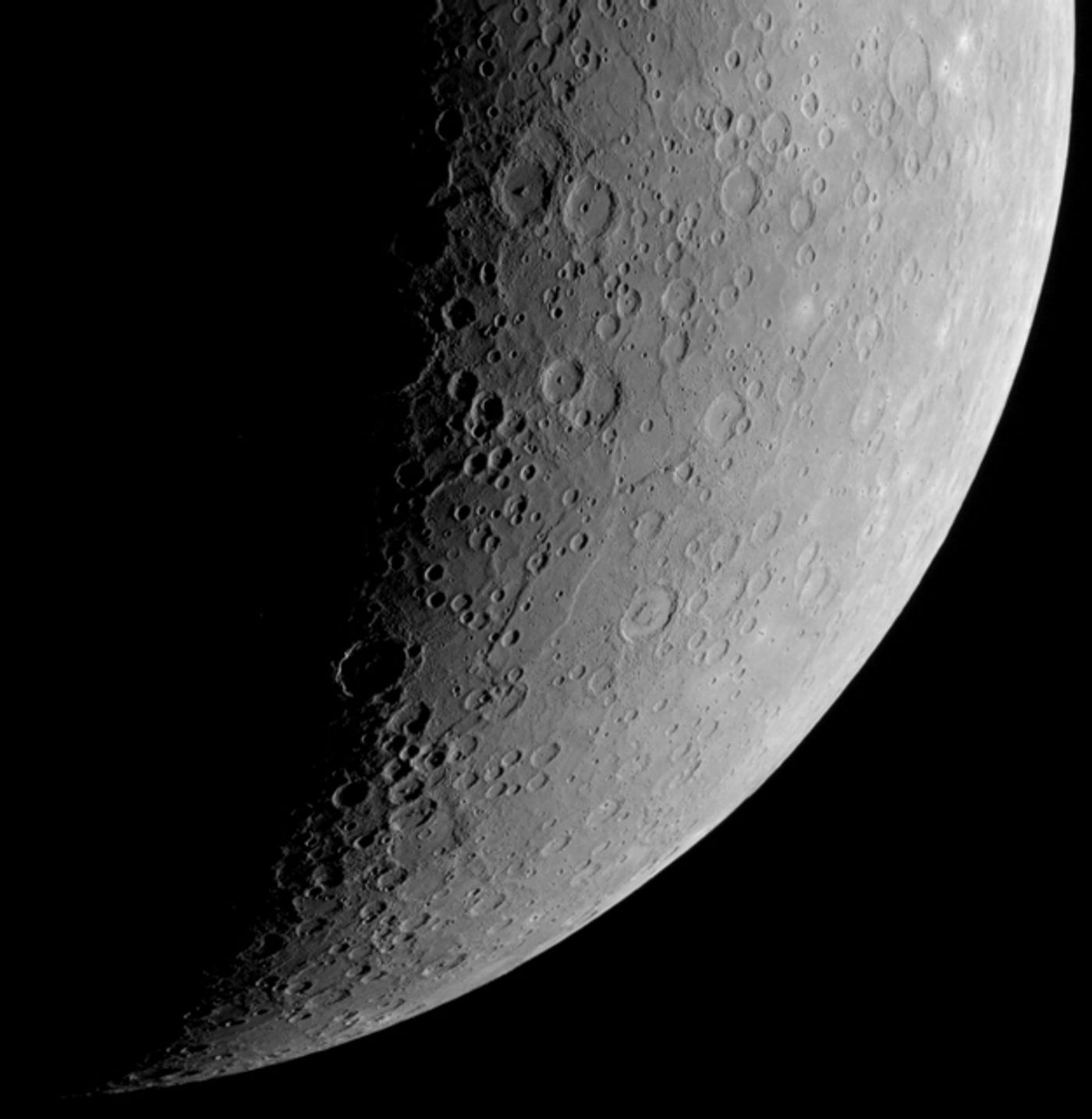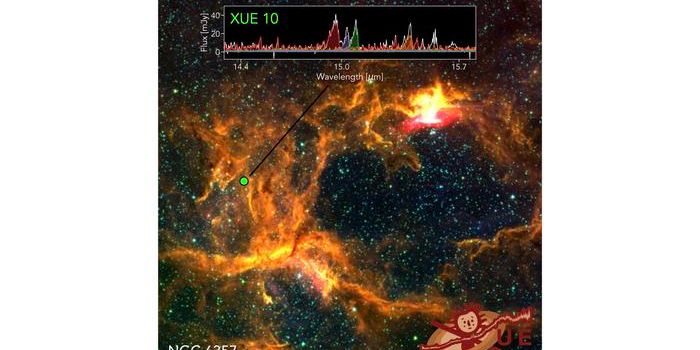Study Finds Mercury, Like Earth, is Tectonically Active
Thanks to data collected from NASA’s MErcury Surface, Space ENvironment, GEochemistry, and Ranging MESSENGER mission, we now understand Mercury is continuing to contract in size, similarly to the Moon, to this very day.
The mission was launched in 2004, but came to an end in 2015. During the final decent where the spacecraft would slam into the hot planet’s surface, it took some great photos that revealed ripples on the surface, which are indicative of tectonic activity.

Image Credit: NASA
In a study thast has been published online, scientists have come up with several new discoveries surrounding what MESSENGER found.
The findings suggest Mercury is still very much tectonically active today, which would make it the only other planet in the entire Solar System besides Earth to be tectonically active.
In order to be considered tectonically active, a planet would have to have a cracked surface, which allows the surface plates to rub against one another to generate quakes. In the case of Mercury, the planet is trying to shrink due to a cooling core, and as a result, the surface is deforming.
Fault scarps, which are essentially similar to cliffs and are formed by two chunks of land moving vertically in opposite directions relative of one another, have been observed on the planet’s surface as a result of that deformation.
The fault scarps are a few kilometers in length and provide a very meters of relief, however a lack of asteroid impact damage suggests they’re very young and probably occurred within the last 50 Mercury years.
“Steady meteoroid bombardment quickly degrades and destroys structures this small, indicating that they must have formed relatively recently," study co-author and Planetary Science Institute Research Scientist Maria Banks said. "They are comparable in size to very young fault scarps identified on the lunar surface attributed to shrinking of the Moon.”
Having been made so recently, we can only conclude that the planet is actively making these fault scarps via tectonic activity. Scientists are now excited for the possibility that future space missions may involve sending seismometer-equipped spacecraft towards Mercury to observe possible tectonic activity.
Source: Planetary Science Institute








